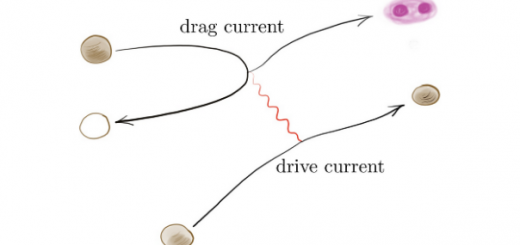Attosecond Correlation Dynamics
Article: published in Nature Physics by Johannes Feist, Department of Theoretical Condensed Matter Physics and IFIMAC researcher.
When light hits an atom, it can eject an electron through the process of photoionization. Up to a few years ago, it was commonly thought that this was an instantaneous process. A pioneering experiment in 2010 showed that this is not the case, and that in fact an electron takes some time to leave the atom. This time is on the order of ten attoseconds (an attosecond is 10-18 seconds). The measurement technique is based on shining an attosecond extreme-ultraviolet light pulse onto a helium atoms to induce photoionization, and using a synchronized few-femtosecond infrared laser pulse to accelerate or decelerate the liberated electron. However, up to now there had been disagreement between theory and experiment, leading to uncertainty about the accuracy of this method. In a collaboration between the Max Planck Institute of Quantum Optics, Vienna University of Technology, and the Universidad Autónoma de Madrid, we were now able to resolve this discrepancy and reach sub-attosecond precision in the timing of the electron release. The measured time delays agree essentially perfectly with large-scale numerical calculations of the correlated electron dynamics induced in the helium atom, and with simplified models that capture the essential physics behind the process.
In order to measure the timing of photoionization, we compared two different pathways that happen simultaneously: One in which the remaining electron acts like a “spectator” and is not involved in the process, and one in which the two electrons in the helium atom interact, transferring some of the photon energy to the remaining electron and exciting it to a higher state. We found that this second pathway leads to slightly faster ejection of the electron by about five attoseconds. The experiment, with the support of theory, thus also gives detailed insight into the correlated electron dynamics under photoionization. [Full article]




















